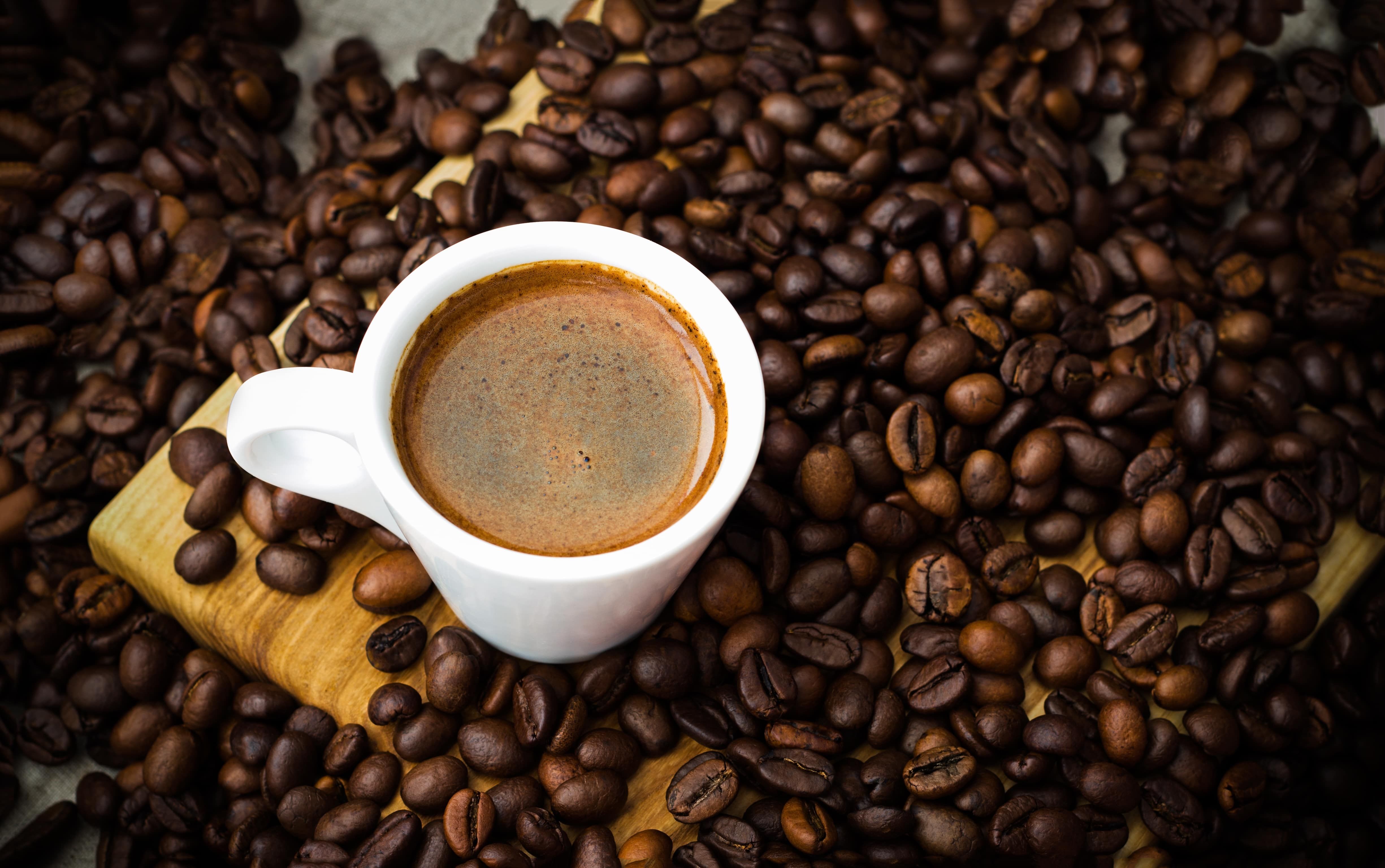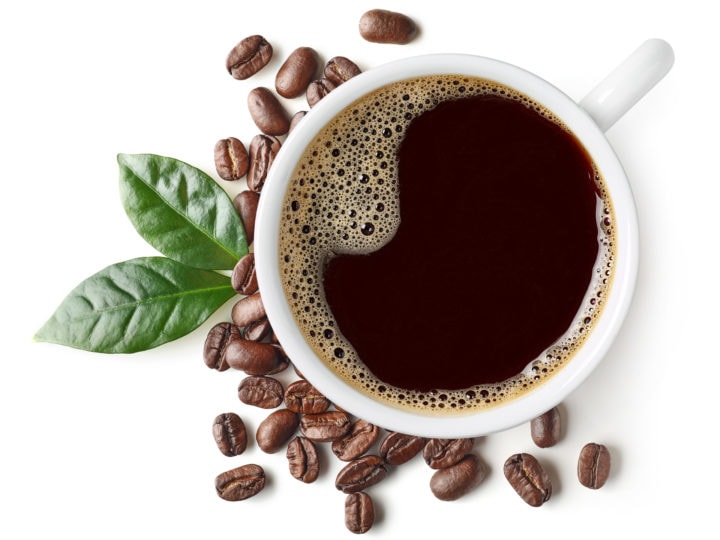Discover the Best Crafted Coffee Near You
Discover the Best Crafted Coffee Near You
Blog Article
Recognizing the Various Kinds Of Crafted Coffee Available: A Comprehensive Overview to Choosing the Right Mixture for Your Taste and Preferences
Navigating the complex world of crafted coffee requires an understanding of its varied parts, from bean varieties to developing techniques. Each option influences the final cup, supplying a spectrum of flavors that provide to specific tastes. Whether you like the refined sweet taste of a light roast or the robust notes of a dark brew, the choice process can appear difficult. Yet, with a few vital insights right into the nuances of coffee features, one can discover a customized experience that boosts the pleasure of this precious drink. What elements will ultimately guide you to your excellent brew?
Introduction of Crafted Coffee
Crafted coffee stands for a careful approach to brewing that elevates the drink from plain nourishment to a sensory experience. This practice highlights high quality at every action of the coffee-making process, starting with the choice of costs beans. Artisanal roasters prioritize single-origin coffees and specialized grades, which are typically sourced from lasting ranches that stick to honest techniques.
Each facet of crafted coffee, from toasting to developing, is implemented with precision and objective. Roasters utilize various techniques to boost the beans' inherent flavors, thinking about variables such as airflow, time, and temperature level. Ultimately, the developing process is tailored to extract the finest taste accounts, using approaches that highlight the unique qualities of each coffee type.
In enhancement to focusing on quality, crafted coffee promotes a gratitude for the intricacies of taste and scent. Fanatics commonly participate in cupping sessions to recognize refined notes and subtleties, transforming coffee tasting right into an art form. This commitment to excellence not only cultivates a much deeper link to the beverage yet likewise advertises a culture of expedition and exploration within the realm of coffee. The result is a richly gratifying experience that interest both connoisseurs and laid-back enthusiasts alike.
Popular Brewing Methods
Discovering numerous developing methods discloses the varied methods that can improve the satisfaction of coffee. crafted coffee. Each approach gives one-of-a-kind flavors, fragrances, and appearances to the final cup, dealing with different preferences and tastes buds
One of the most preferred techniques is the pour-over, which permits specific control over water temperature level and circulation rate, causing a tidy and delicious mixture. The French press, on the other hand, utilizes immersion developing, extracting abundant oils and particles for a fuller body.
Espresso is one more commonly popular technique, employing high pressure to extract concentrated coffee, making it the base for many specialized drinks like lattes and cappuccinos. Cold brew has gained popularity for its smooth, less acidic profile, accomplished by steeping coarsely ground coffee in cold water over a prolonged period.
The AeroPress provides convenience and ease of usage, enabling coffee enthusiasts to try out brew times and pressures. The Moka pot produces a solid, abundant coffee reminiscent of coffee, ideal for those that value a bolder taste.
Coffee Bean Varieties

Arabica beans are understood for their smooth and intricate flavors, typically including sweet, fruity, and flower notes. They thrive at higher elevations and are normally expanded in areas with cooler climates. This variety represents the majority of worldwide coffee manufacturing and is preferred for its nuanced taste.
On the other hand, Robusta beans are identified by their strong, earthy tastes and greater caffeine web content - crafted coffee. They are simpler to grow, resistant to parasites, and commonly expanded in lower elevations. Robusta is commonly used in espresso blends to produce a rich crema and a much more durable body
Furthermore, there are numerous lesser-known selections, such as Liberica and Excelsa, which add one-of-a-kind tastes and scents to specialty coffees. Understanding these bean varieties is vital for picking the right brew, as each kind can considerably alter the coffee experience based on individual preferences.
Flavor Profiles Explained
Taste accounts in coffee are an intricate interplay of numerous aspects, consisting of aroma, aftertaste, level of acidity, and body. Each of these factors adds to the general sensory experience, enabling consumers to recognize and appreciate the subtleties of their image source mixture.
Fragrance plays a crucial duty; it establishes the phase for the tasting experience, with notes ranging from floral and fruity to earthy and nutty. Acidity, commonly referred to as brightness, can improve tastes and supply a rejuvenating quality, while a lack of acidity may yield a smoother, much more mellow mug.
The body of coffee refers to its weight on the palate, which can range from tea-like and light to full and syrupy. This facet influences just how the flavors are viewed, with a heavier body often escalating the splendor of the brew. Ultimately, aftertaste, or surface, defines the sticking around flavors that continue to be after ingesting. A clean finish may leave a positive residual sweetness, while a much more intricate aftertaste can reveal surprise notes that create gradually.
Recognizing these taste profile components enables coffee lovers to much better appreciate their selections and explore the varied world of crafted coffee.
Tips for Finding Your Mixture
When choosing your mixture, recognizing your personal choices and the characteristics of different coffee kinds is vital. Begin click this link by identifying your taste account; do you like fruity, nutty, or chocolatey notes? Checking out different beginnings can help you discover distinct tastes, as beans from areas like Ethiopia usually display intense, flower notes, while those from Colombia might present a smoother, balanced taste.
Following, think about the developing method. Each technique, whether it be pour-over, French press, or espresso, influences the final taste and stamina of your coffee. As an example, a French press commonly yields a fuller-bodied brew, while pour-over techniques can produce a cleaner, more nuanced mug.

Last but not least, don't be reluctant to experiment. Sampling different blends and single-origin coffees can result in fascinating explorations and a much better understanding of your preferences. Involving with educated baristas and going to coffee samplings can further improve your trip in picking the excellent brew tailored to your palate.
Conclusion
In final thought, browsing the diverse landscape of crafted coffee includes an understanding of different brewing techniques, bean ranges, and taste profiles. By discovering the characteristics of Arabica and Robusta, as well as familiarizing oneself with different roasting strategies, people can enhance their coffee experience.
Subsequently, the developing process is customized to remove the best flavor accounts, utilizing approaches that highlight the one-of-a-kind characteristics of each coffee kind. crafted coffee.
In enhancement to focusing on top quality, crafted coffee promotes a recognition for the complexities of flavor and fragrance.When picking your mixture, understanding your personal choices and the features of various coffee types is necessary. Each strategy, whether it be pour-over, French press, or espresso, influences the last flavor and toughness of your coffee.In conclusion, browsing the varied landscape of crafted coffee includes an understanding of various brewing techniques, bean selections, and flavor accounts.
Report this page